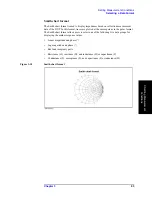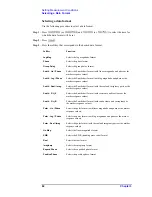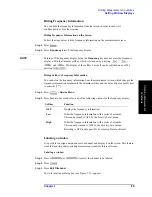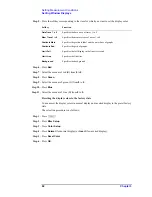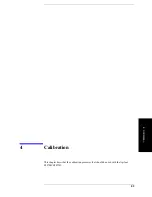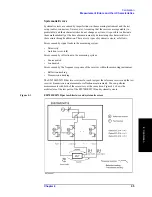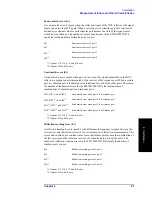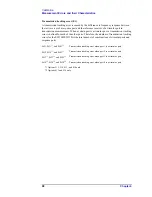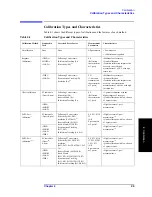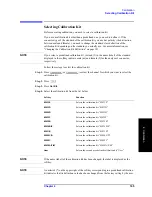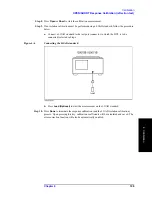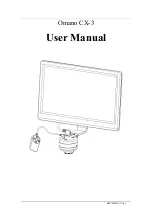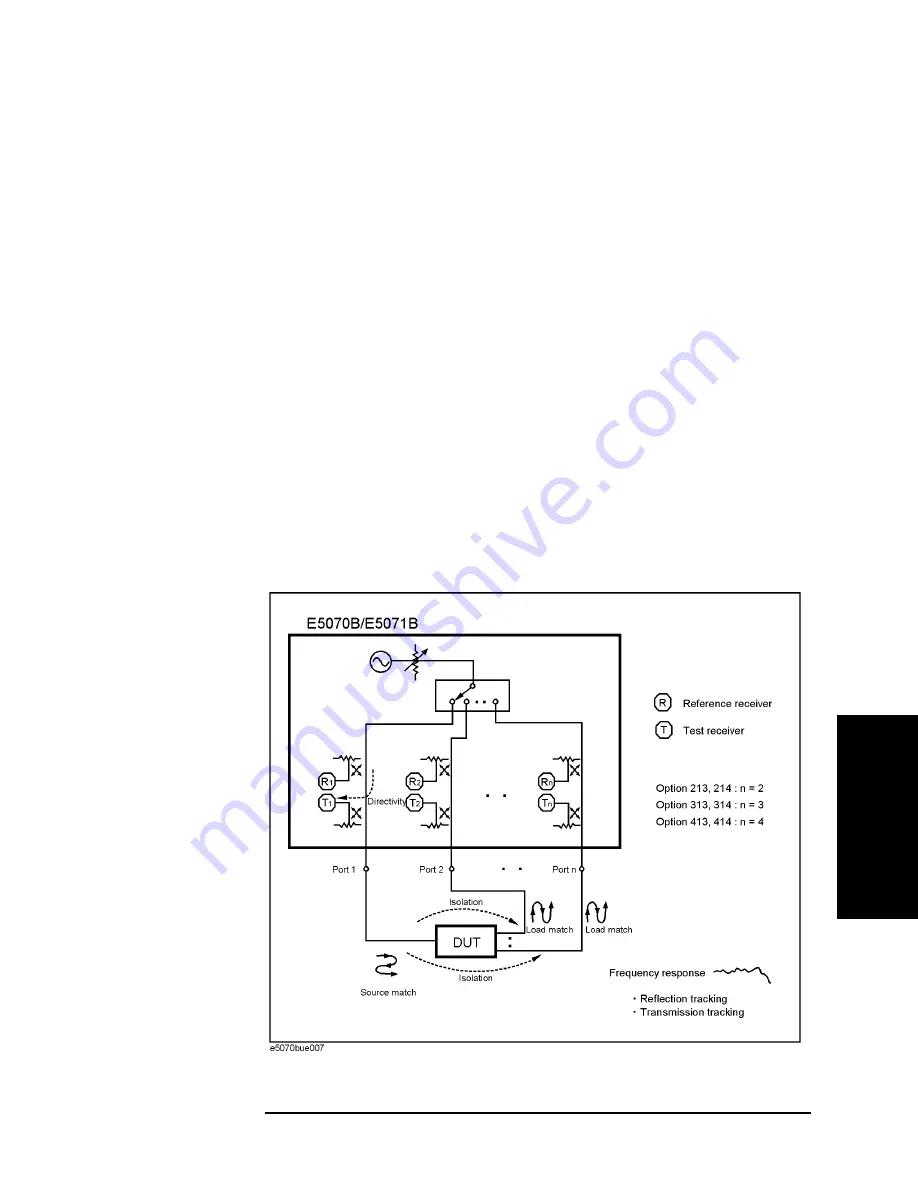
Chapter 4
95
Calibration
Measurement Errors and their Characteristics
4. Cal
ibra
tion
Systematic Errors
Systematic errors are caused by imperfections in the measuring instrument and the test
setup (cables, connectors, fixtures, etc.). Assuming that these errors are repeatable (i.e.,
predictable) and their characteristics do not change over time, it is possible to eliminate
them mathematically at the time of measurement by determining the characteristics of
these errors through calibration. There are six types of systematic errors, as follows.
Errors caused by signal leaks in the measuring system:
•
Directivity
•
Isolation (cross-talk)
Errors caused by reflections in the measuring system:
•
Source match
•
Load match
Errors caused by the frequency response of the receiver within the measuring instrument:
•
Reflection tracking
•
Transmission tracking
The E5070B/E5071B has two receivers for each test port the reference receiver and the test
receiver (transmission measurement or reflection measurement). You can perform
measurements with both of these receivers at the same time. Figure 4-1 shows the
architecture of the test ports of the E5070B/E5071B and systematic errors.
Figure 4-1
E5070B/E5071B port architecture and systematic errors
Summary of Contents for E5070B
Page 6: ......
Page 30: ...24 Contents ...
Page 34: ...28 Chapter1 Precautions Before contacting us ...
Page 286: ...280 Chapter6 Data Analysis Using the Equation Editor ...
Page 430: ...424 Chapter12 Optimizing Measurements Performing a Segment by Segment Sweep segment sweep ...
Page 538: ...532 Chapter15 Measurement Examples Executing Power Calibration ...
Page 634: ...628 AppendixB Troubleshooting Warning Message ...
Page 732: ...726 AppendixD Softkey Functions Trigger Menu ...
Page 740: ...734 AppendixE General Principles of Operation Data Processing ...
Page 760: ...754 AppendixF Replacing the 8753ES with the E5070B E5071B Comparing Functions ...



